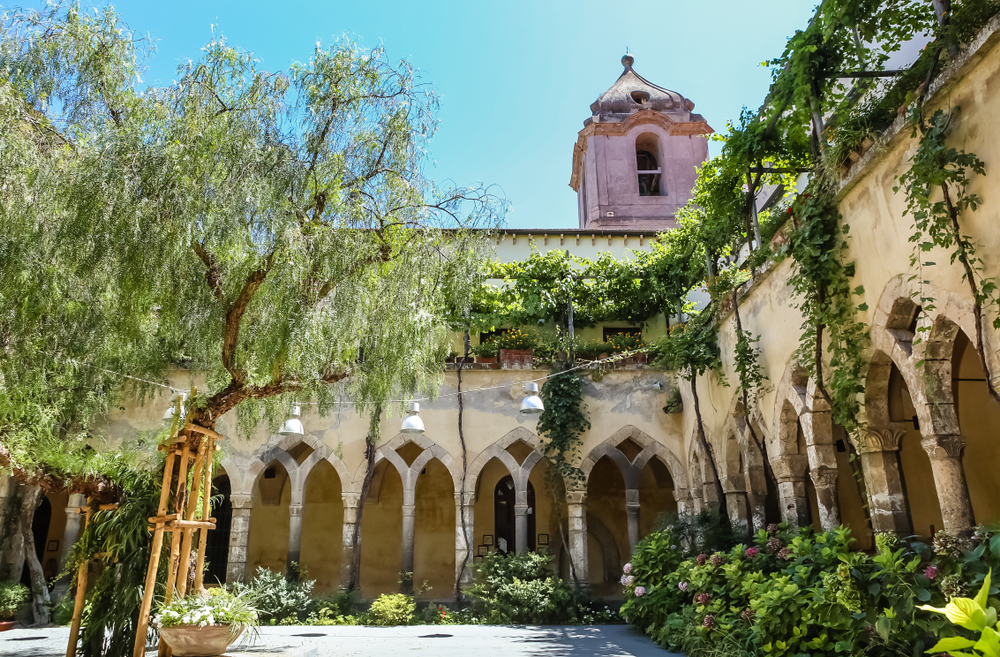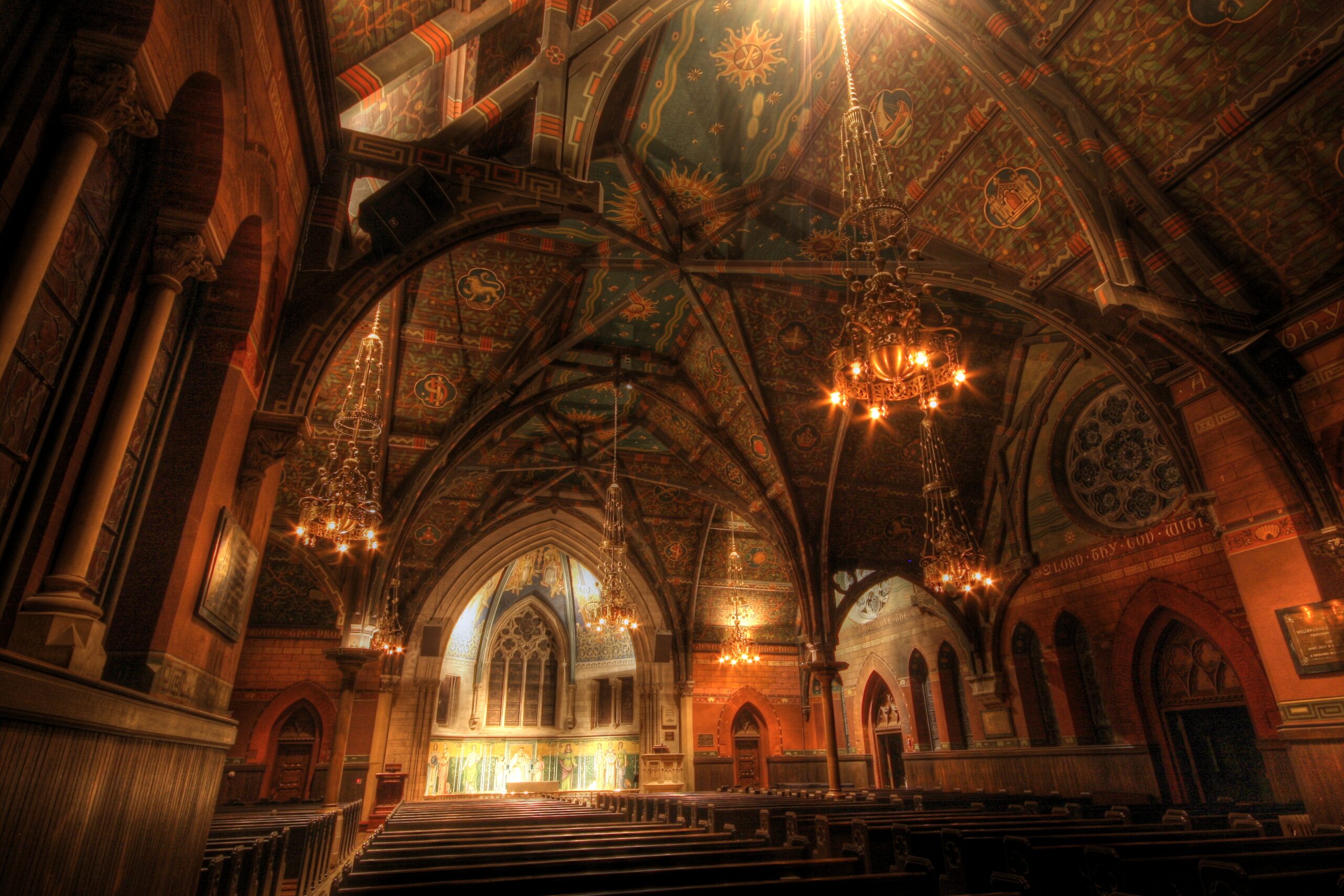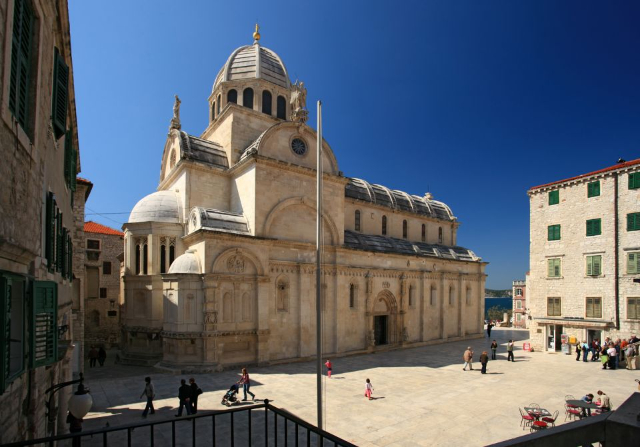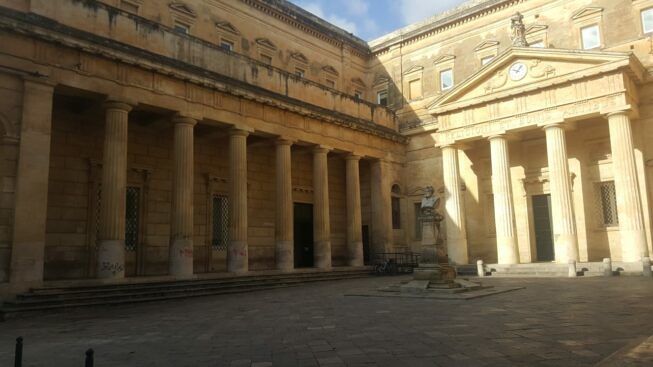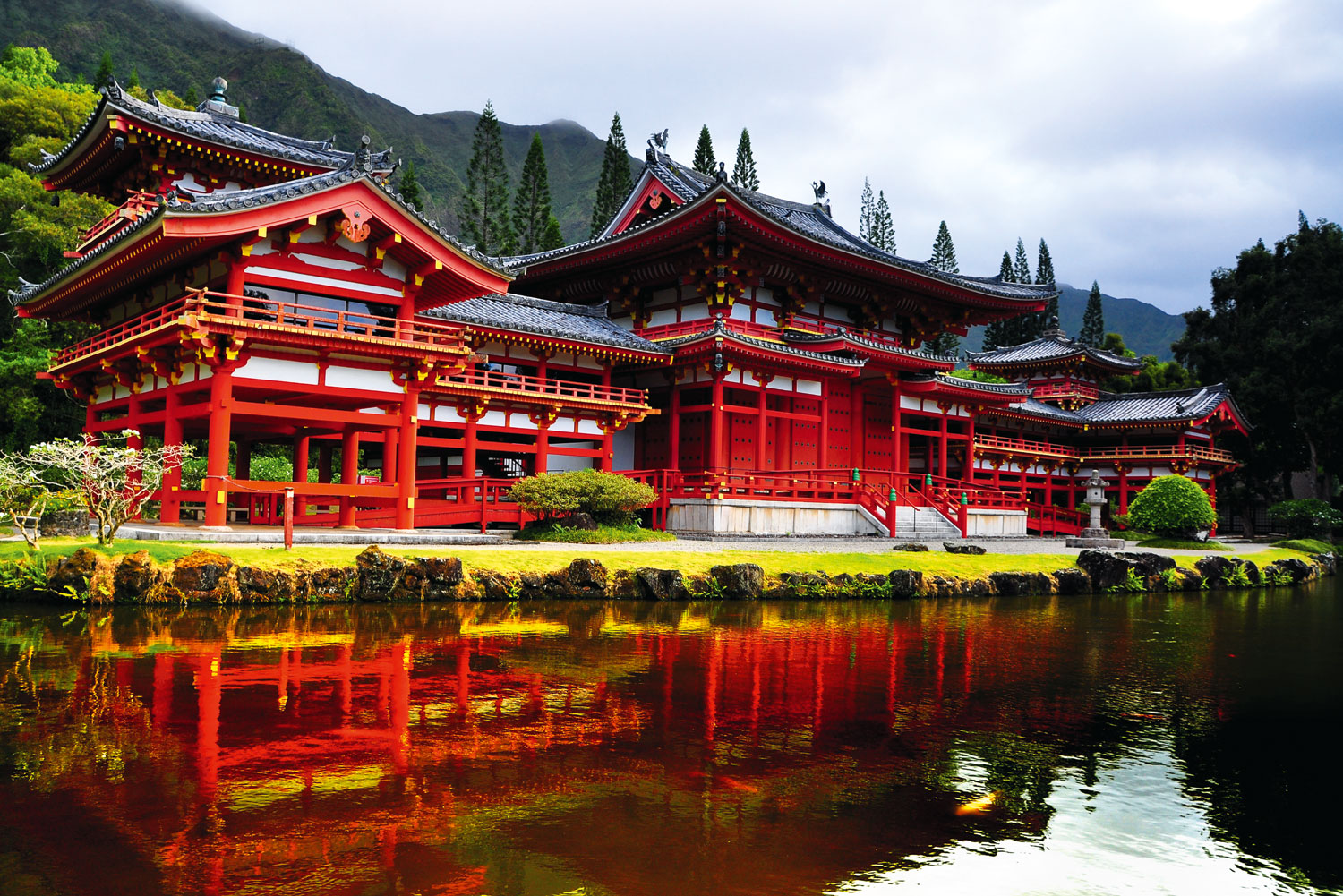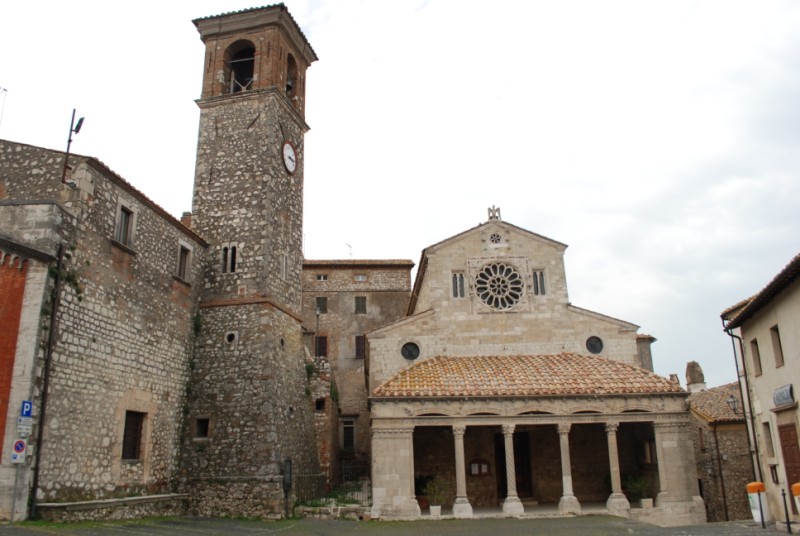The Benedictine Abbey of the Holy Trinity of Cava was in the Middle Ages one of the most powerful and lively religious and cultural centers of Southern Italy. Founded by a noble Longobard, S. Alferio Pappacarbone, who had the vision of the Holy Trinity in the form of three bright rays springing from the Rock, retired in those places to live in prayer and contemplation, will see in a short time rise a community of monks. The Abbey of Cava formed within the Order of St. Benedict an autonomous congregation: the Congregation of the Holy Trinity of Cava, which had in a few decades a remarkable development becoming one of the most flourishing Benedictine congregations. In the 12th and 13th centuries, the Abbot of the Holy Trinity of Cava governed over 340 churches, more than 90 priories and at least 29 abbeys. He was also honored with the title of Great Abbot of Cava: "Magnus Abbas Cavensis". The Abbey of the Holy Trinity of Cava became the mother church of the Cavese Order: " Mater vel matrix ecclesia Ordinis Cavensis ".
The founder of the Abbey of the Holy Trinity was S. Alferio Pappacarbone who in 1011 withdrew under the big cave Arsiccia (meaning dry) to live as a hermit. The rush of disciples, attracted by his sanctity, led him to build a monastery of modest size. He died at a very advanced age on April 12, 1050. Until almost the end of the 13th century, Alferio had a series of exceptional successors, eleven of whom, besides the founder, have been recognized by the Church as saints or blessed. Among them distinguished S. Peter I, nephew of Alferio, who considerably enlarged the monastery and made it the center of a powerful monastic congregation l ‘Ordo Cavensis (Order Cavense) with hundreds of churches and monasteries dependent, scattered throughout southern Italy. They were more than 3,000 monks to which S. Peter gave the habit.
Pope Urban II, who had known him in Cluny, visited the Abbey in 1092 and consecrated the basilica. Important was also the government of B. Benincasa, who in 1176 sent in Sicily a hundred monks to populate the famous abbey of Monreale, elected by the munificence of King William II. Popes and bishops, princes and feudal lords favored the development of the Congregation Cavense, which giovò very much to the reform of the Church, promoted by the great popes of the sec. XI, and the welfare of societyà civil. Princes and lords, besides offering fiefs, goods and privileges, gave to the abbey either the property or the right of patronage on churches and monasteries. The bishops aspired to have the Cavensi in their dioceses for the good they did there. The Popes, besides the confirmation of the donations, granted the privilege of the exemption, so that the abbot of Cava had a spiritual jurisdiction, depending only from the Pope, on the lands and on the churches owned by the Abbey. For its part, Cava constituted for the Popes a stronghold they could fully trust, so much so that they entrusted it with the custody of some antipopes. The abbots took such a loving care of the populations. To them they assigned the lands of the vast possessions of the abbey with the obligation to put them to cultivation and to lend, after a certain number of years, or labor or a fee proportionate to the fertility of the soil. For the defense of the people of Cilento from the Saracen incursions S. Costabile and B. Simeon built the castle dell’Angelo, then said Castellabate. The monks also managed hospices and hospitals, which were generously allocated to the needs of the needy and exercised the pastoral ministry in the dependent monasteries. The churches were entrusted by the abbots to secular priests of their trust. The 14th century represents for Cava a period of retreat on itself. And’ particularly cured the defense and the’administration of the temporal goods, are produced splendid works of art, but the’incidence of the spiritual and social action of the abbey, also because of the political revolutions, decreases sensitively. In 1394 the pope Bonificacio IX conferred the title of city to the land of Cava, raising it at the same time to autonomous diocese, with its own bishop, who had to reside in the Abbey, whose church was declared cathedral of the diocese of Cava. The monastery will not be governed by an abbot, but by a prior and the community of monks will form the chapter of the cathedral. In 1431 the abbot Monsignor Angelotto Fusco was elevated to the dignity of cardinal and, unfortunately, he wanted to keep the abbey and the diocese of Cavia in commendation, receiving the revenues. It was the period of the commendatory abbots, who brought the abbey to a great decadence. Far from the abbey, they governed it by means of trustees, who were only interested in the diocese and in the administration of temporal goods. The last commendatory unì the abbey of Cava to the congregation of S. Giustina of Padova. The reform placed at the head of the abbey no more a bishop or a cardinal but a temporary abbot: so the monastic discipline and the cult of sciences and arts flourished again. During the XVI-XVIII centuries, the abbey was architecturally renovated. The abbot D. Giulio De Palma rebuilt the church, the seminary, the novitiate and various other parts of the monastery. The Napoleonic suppression, thanks to the abbot D. Carlo Mazzacane, passed without causing serious damage to the abbey: 25 monks remained to guard the Establishment (such was the title of the abbey) and Mazzacane was the Director. The Restoration, after the fall of Napoleon, led to a renewal of the religious spirit. In 1866, in consideration of the artistic and scientific values accumulated within its walls and of the fact that it was the center of a diocese, the monastery was declared a National Monument and, as such, was saved from the ruin to which many other illustrious Italian abbeys were subjected. The virtue of the few monks who remained was heroic. They opened a new field of monastic apostolate by establishing a lay college, which is still flourishing, and they wrote the Codex Diplomaticus Cavensis, in which they published the full text of the most ancient parchments of the Cavense archives. It is a monumental work, which made the Abbey famous all over the scientific world. The most modern abbots have worthily continued the work of the Holy Fathers Cavensi. They restored and enlarged the buildings of the monastery and gave a new impulse to its millenary life, which lasts uninterruptedly even today.


